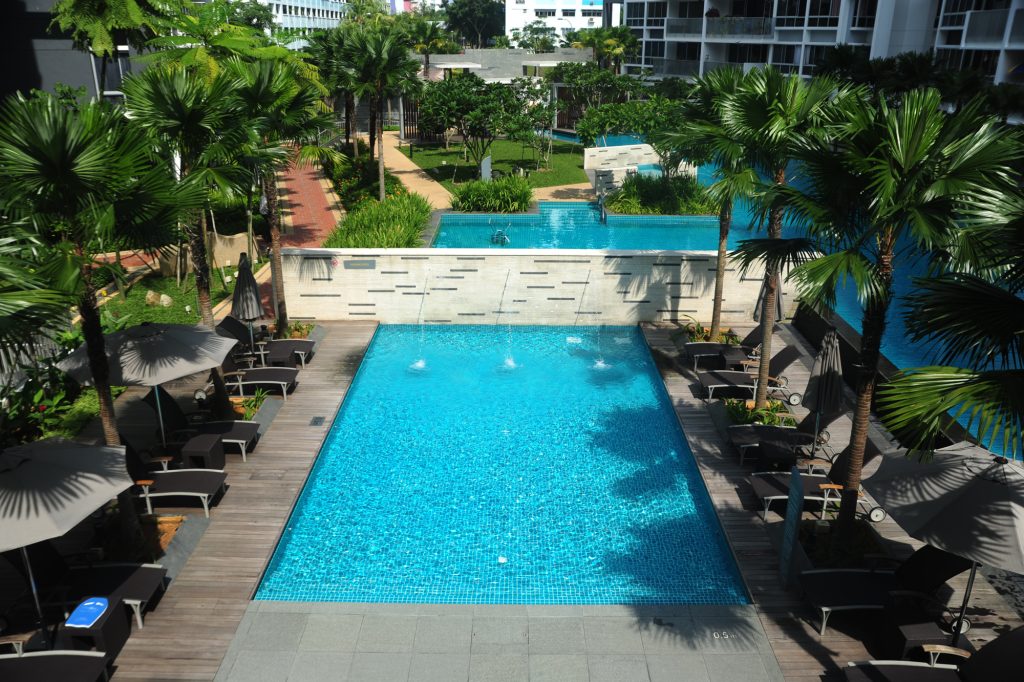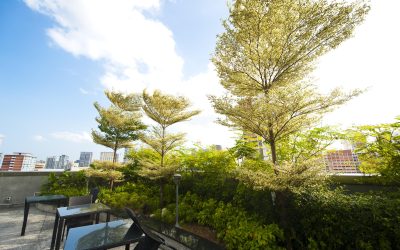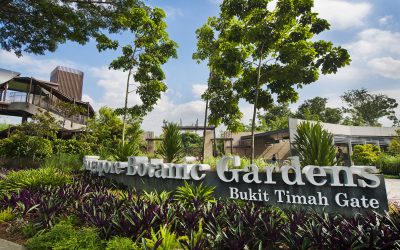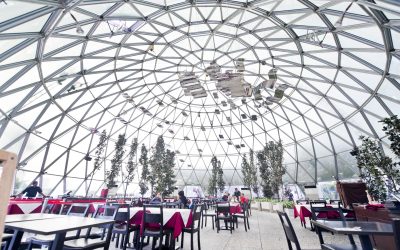Landscape design and build is an exquisite blend of artistry, science, and craftsmanship. It involves transforming outdoor spaces into captivating, functional, and harmonious environments that delight the senses and enhance the quality of life. In this blog post, we will explore the fascinating world of landscape design and build, uncovering its significance, key elements, and the process of creating stunning outdoor spaces that seamlessly merge with nature.

The Significance of Landscape Design and Build
- Enhancing Aesthetics: Landscape design and build adds beauty, character, and visual appeal to any outdoor area. By carefully selecting and arranging plants, hardscapes, water features, and other design elements, landscape professionals create stunning compositions that elevate the aesthetics of the surrounding environment. A well-designed landscape becomes a work of art that can be admired and enjoyed by both residents and visitors.
- Creating Functional Spaces: Beyond aesthetics, landscape design and build focuses on creating functional outdoor spaces that cater to the needs and activities of the users. It involves thoughtful planning of seating areas, walkways, patios, and other features to ensure comfortable and practical use of the space. Designers consider factors such as traffic flow, accessibility, and spatial organization to optimize the functionality of the landscape.
- Connecting with Nature: One of the core principles of landscape design and build is the seamless integration of nature into the built environment. By incorporating native plants, sustainable design practices, and ecological considerations, professionals create landscapes that promote biodiversity, conserve water, and support wildlife. Such landscapes offer a connection with nature, providing a sanctuary for relaxation, reflection, and rejuvenation.
Key Elements of Landscape Design and Build
- Site Analysis: A thorough site analysis is the foundation of successful landscape design and build. It involves assessing the existing site conditions, including topography, soil quality, climate, and sunlight exposure. Understanding the site’s strengths, limitations, and opportunities allows designers to make informed decisions throughout the design process.
- Functional Zoning: Effective landscape design and build involves dividing the outdoor space into functional zones based on their intended use. This may include areas for entertaining, gardening, relaxation, or play. Zoning ensures that each area is designed and built to fulfill its specific purpose, creating a harmonious and organized outdoor environment.
- Plant Selection and Hardscape Design: The selection and arrangement of plants and hardscapes are critical aspects of landscape design and build. Designers consider factors such as color, texture, form, and seasonal interest when choosing plants to create visual impact and evoke desired emotions. Hardscape elements such as pathways, patios, pergolas, and water features are incorporated to provide structure, define spaces, and add interest to the landscape.
The Process of Landscape Design and Build
- Client Consultation: The process begins with a thorough consultation with the client to understand their vision, preferences, and requirements. This includes discussing desired features, budget constraints, and any specific needs or challenges unique to the site.
- Conceptual Design: Based on the client’s input and site analysis, a conceptual design is created. This includes a layout plan, plant selections, material choices, and proposed hardscape elements. Designers use visual tools such as sketches, renderings, or 3D models to present their ideas and seek client feedback.
- Detailed Design: Once the conceptual design is approved, a detailed design is developed, including specific dimensions, materials, and plant specifications. This stage also involves addressing technical considerations such as drainage, irrigation, and lighting.
- Construction and Installation: After the design is finalized, the construction and installation phase begins. Skilled craftsmen and landscapers bring the design to life, incorporating plants, installing hardscape elements, and ensuring proper grading and drainage. This stage requires attention to detail, craftsmanship, and coordination between various professionals.
- Maintenance and Care: Once the landscape is built, ongoing maintenance and care are essential to ensure its longevity and vibrancy. This includes regular watering, pruning, fertilizing, and addressing any pest or disease issues. Regular maintenance ensures that the landscape continues to thrive and evolve over time.
Landscape design and build is a captivating process that merges artistry, functionality, and environmental consciousness. Through thoughtful site analysis, functional zoning, plant selection, and hardscape design, professionals create stunning outdoor spaces that blend seamlessly with nature. By embracing landscape design and build, we can transform our outdoor environments into havens of beauty, serenity, and connection with the natural world. Whether it’s a private garden, public park, or corporate campus, the art of landscape design and build has the power to uplift spirits, inspire creativity, and enrich lives.




0 Comments